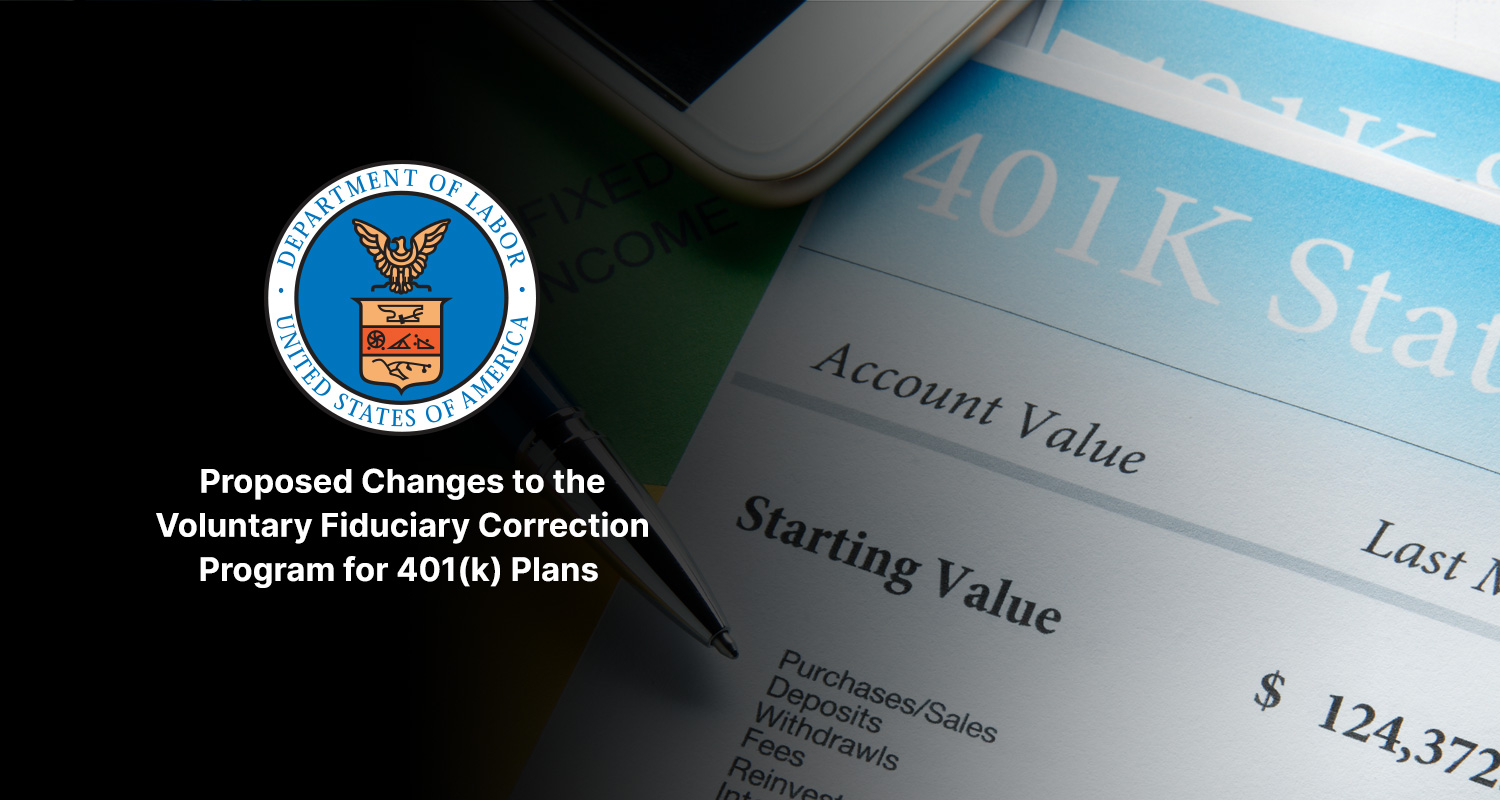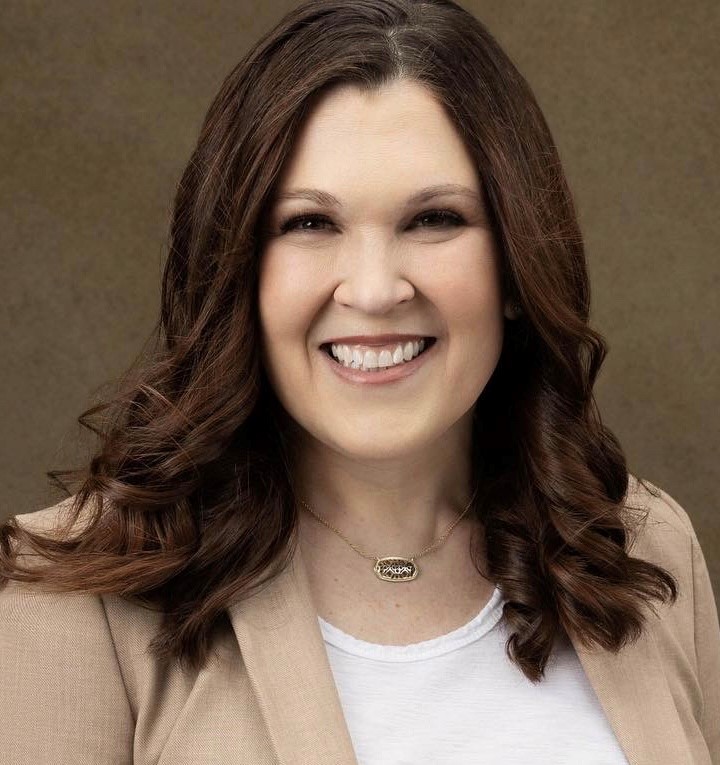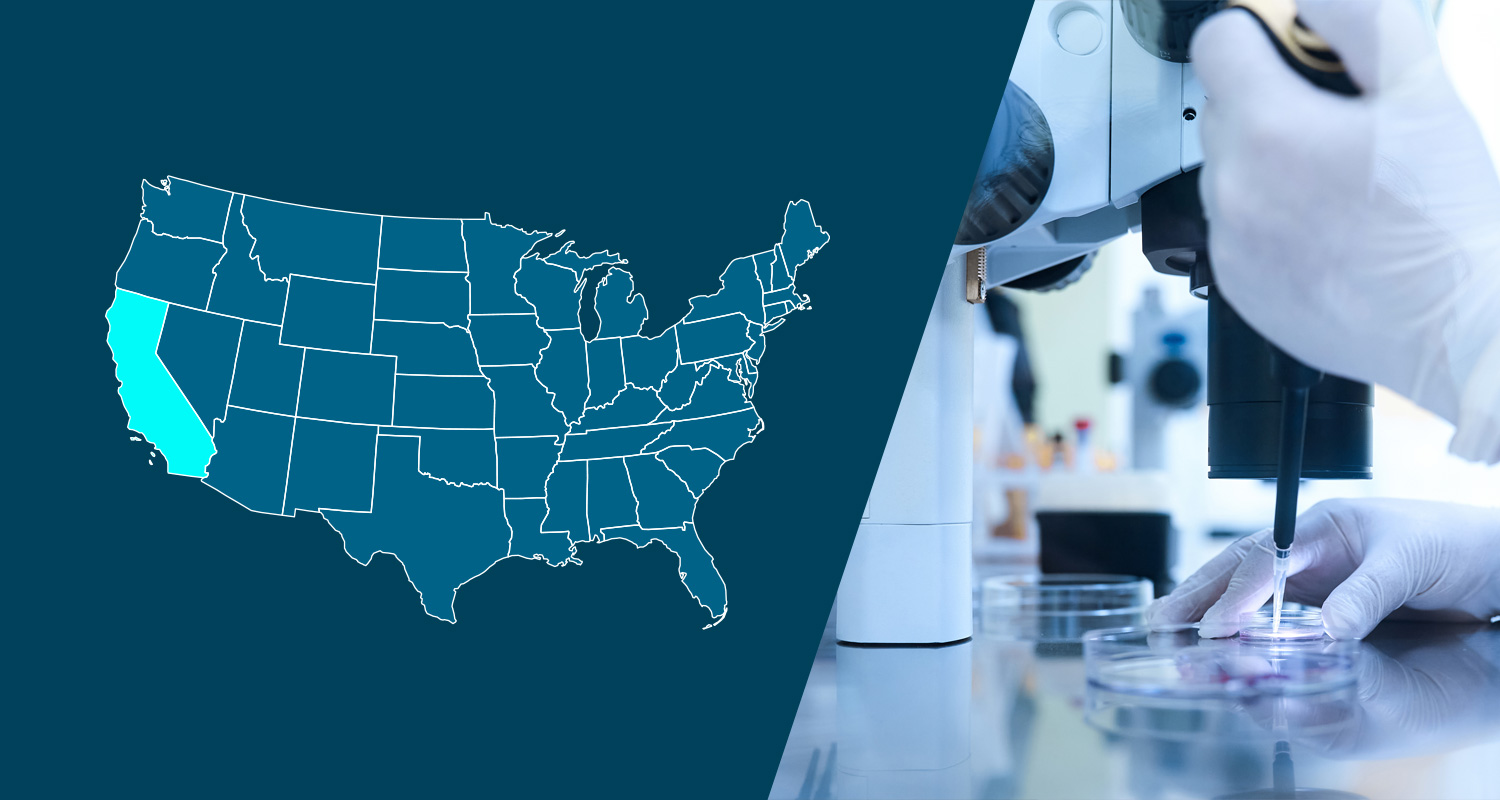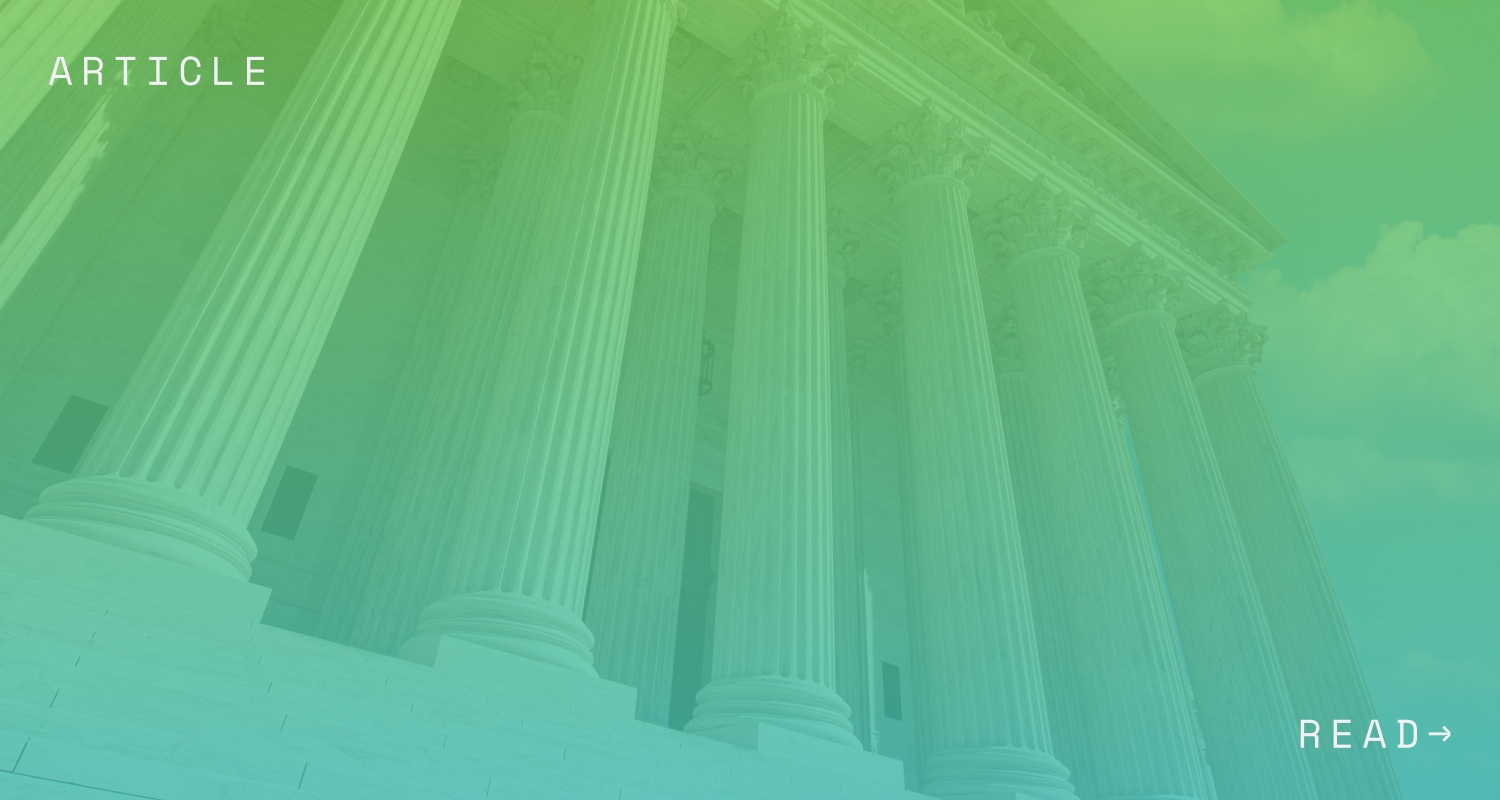On November 21, 2022, the Department of Labor (“DOL”) released proposed changes1 to its Voluntary Fiduciary Correction Program (“VFCP”)2, which is a program that encourages employers to voluntarily identify and correct certain violations of the Employee Retirement Income Security Act of 1974, as amended (“ERISA”).
These proposed changes are the first suggested modifications to the VFCP in over 15 years. Because of this, although these proposed changes are not yet final, they quickly became a “hot” topic in the retirement plan industry as soon as they were announced.
What is the Voluntary Fiduciary Correction Program?
The VFCP, originally created in 2022, is designed to encourage employers with 401(k) plans to comply with ERISA by self-correcting certain legal violations, as specified in the program itself.
The program specifically covers 19 transactions3 eligible for VFCP correction, including:
- Delinquent participant contributions and participant loan repayments to 401(k) plans
- Participant plan loans that do not comply with plan provisions for the amount, duration, or amortization of the plan loan
- Defaulted plan loans
- Improper payment of plan expenses
Any individual potentially liable for an ERISA fiduciary violation – including employers — may apply to the VFCP, as long as they are correcting one of the 19 identified transactions. However, if the applicant or the plan itself is under investigation4 by the Employee Benefits Security Administration (“EBSA”) (which is the ERISA enforcement arm of the DOL), any other governmental agency, any state attorney, or any state insurance commissioner, the VFCP is not available.
If employers voluntarily apply for VFCP relief – and meet all VFCP conditions — the employer will avoid DOL enforcement actions, including potential penalties. Additionally, upon successful completion of the program, the DOL will send the employer a “no-action” letter, meaning the DOL will not initiate a civil investigation of any reported transaction under the DFVP program. However, this no-action letter does not prevent other agency inquiries or lawsuits against the 401(k) plan.
Plan fiduciaries should take note that if the DFVP filing is incomplete or if a Form 5500 is not timely field (despite the DFVP filing being complete), the DOL may still impose civil penalties under ERISA.
The DOL’s Proposed Changes to the VFCP
Under the current rules, the employer or other ERISA fiduciary cannot self-correct any issues falling under the VFCP.
However, the DOL now proposes that ERISA fiduciaries may self-correct the following common compliance issues as opposed to filing a formal VFCP correction:
- Any participant plan contributions that are not transmitted to the plan or are transmitted late (as long as the lost earnings on these contributions do not exceed $1,000); or
- Any participant loan amounts owed that are not repaid.
Both of these issues would not be eligible for self-correction if it takes longer than 180 calendar days to remit either the participant contributions or the loan amounts to the 401(k) plan.
By focusing on these two plan compliance issues, the DOL suggests that 74 percent of all VFCP applications5 will fall under one of the two issues above. As such, allowing for self-correction would ease the burden on the DOL and ERISA fiduciaries alike.
What Employers Should Expect Next
Because these proposed VFCP provisions are not final, employers may not yet rely on these proposed changes. Employers should await these rules to be finalized, which could potentially occur later this year.
Additional Resources
- DOL’s Proposed Changes to the Voluntary Fiduciary Correction Program (2022)6
- DOL’s Voluntary Fiduciary Correction Program, Fact Sheet7
- 29 CFR Parts 2560 and 2570 (2022). Voluntary Fiduciary Correction Program. https://www.federalregister.gov/documents/2022/11/21/2022-24703/voluntary-fiduciary-correction-program
- U.S. Department of Labor. Voluntary Fiduciary Correction Program Fact Sheet. December 2018. https://www.dol.gov/sites/dolgov/files/EBSA/about-ebsa/our-activities/resource-center/fact-sheets/vfcp.pdf
- Id.
- Id.
- 29 CFR Parts 2560 and 2570 (2022). Voluntary Fiduciary Correction Program. https://www.federalregister.gov/documents/2022/11/21/2022-24703/voluntary-fiduciary-correction-program
- Id.
- https://www.dol.gov/sites/dolgov/files/EBSA/about-ebsa/our-activities/resource-center/fact-sheets/vfcp.pdf
Disclaimer: This retirement plan compliance checklist is intended for informational purposes only and should not be construed as legal or tax advice. The information provided may not reflect the most current legal developments and may vary by jurisdiction. The content in this retirement plan compliance checklist is for general informational purposes only and does not apply to any particular facts or circumstances. This retirement plan compliance checklist does not in any way establish an attorney-client relationship, nor should any such relationship be implied, and the contents herein do not constitute legal or tax advice. If you require legal or tax advice, please consult with a licensed attorney or tax professional in the proper jurisdiction. The contributing authors of this content expressly disclaim all liability to any persons or entities with respect to any action or inaction taken based on the contents of this communication. © 2023 Sequoia. All Rights Reserved.
Pensionmark Financial Group, LLC (“Pensionmark”) is an investment adviser registered under the Investment Advisers Act of 1940. Pensionmark is affiliated through common ownership with Pensionmark Securities, LLC (member SIPC).




